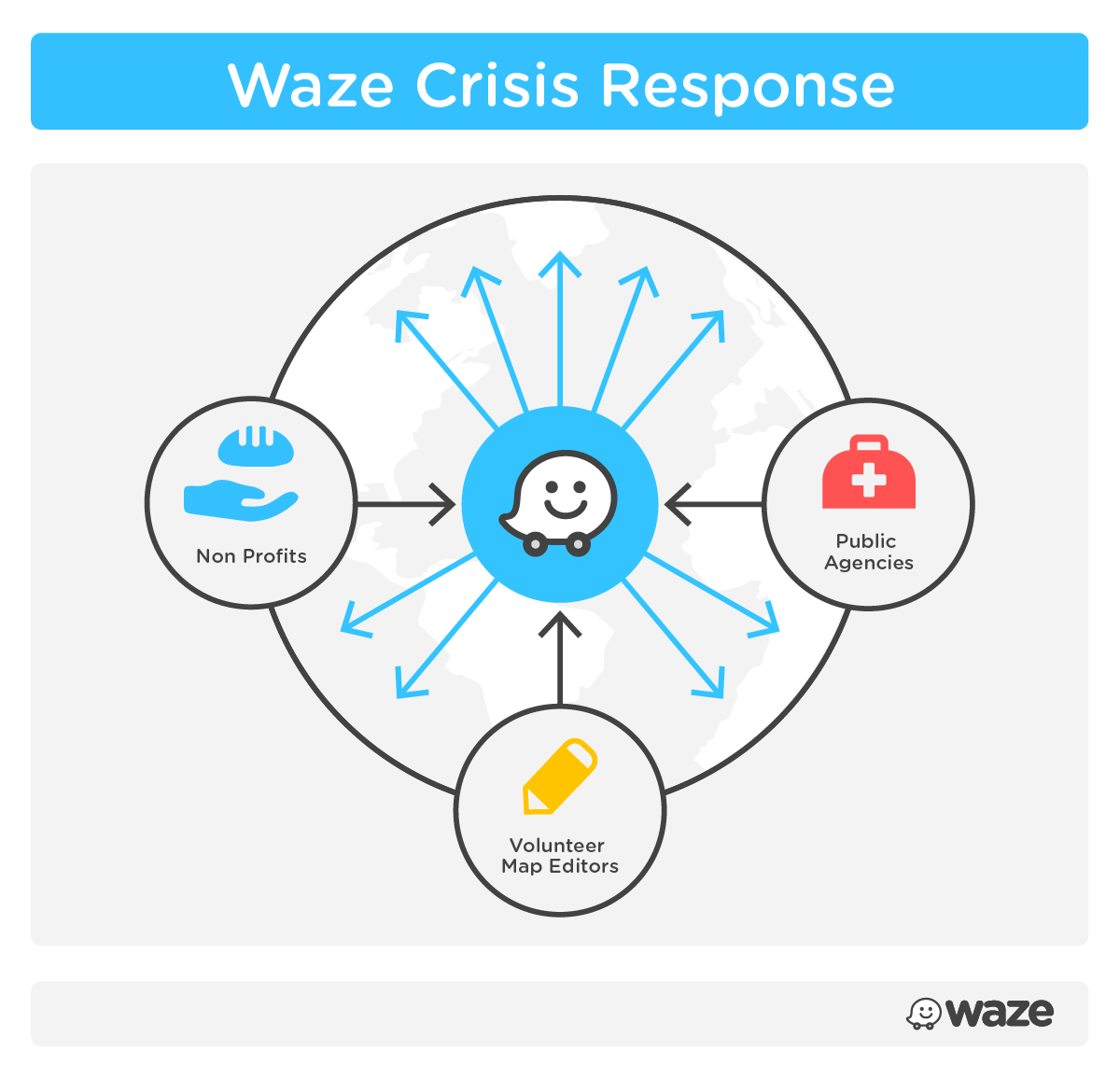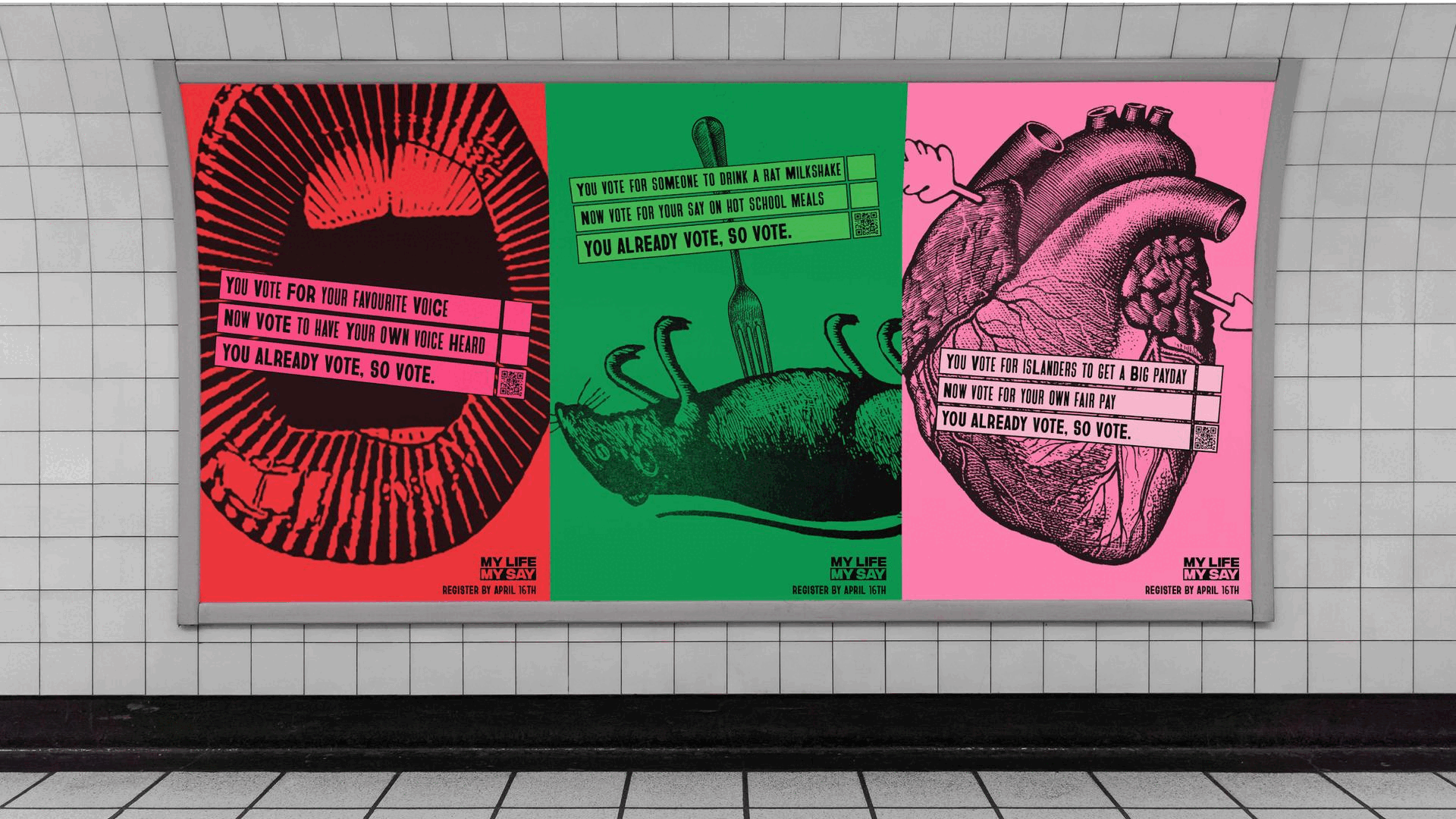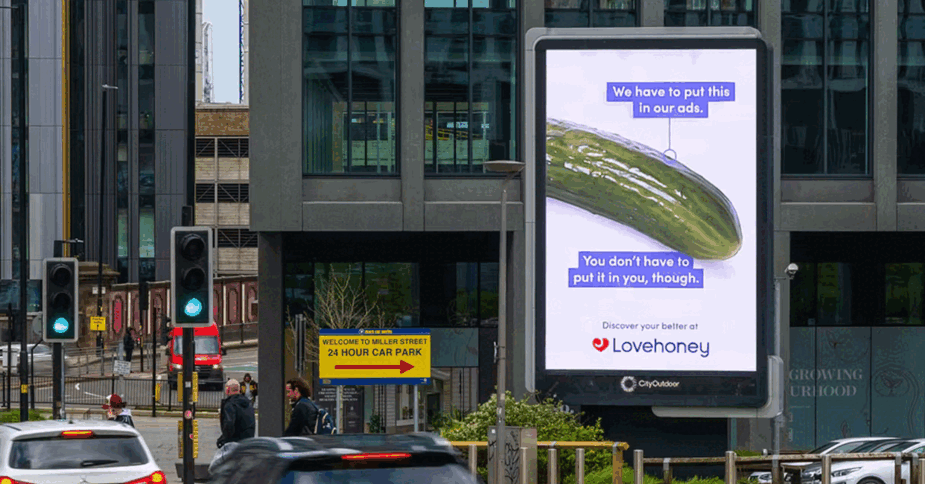Waze releases details of COVID-19 map updates
- Thursday, April 16th, 2020
- Share this article:
 Navigation app Waze has released details of measures it has implemented to assist in the fight against COVID-19. Waze maps are maintained by a global community of more than 30,000 monthly active map editors. The map editor community came together in February with the Waze Crisis Response team and is currently supporting 58 countries with region-specific relief efforts. They are working to ensure that Waze maps stay up-to-date with road closures, red zones, and other information, so that people making essential journeys can safely get to their destination.
Navigation app Waze has released details of measures it has implemented to assist in the fight against COVID-19. Waze maps are maintained by a global community of more than 30,000 monthly active map editors. The map editor community came together in February with the Waze Crisis Response team and is currently supporting 58 countries with region-specific relief efforts. They are working to ensure that Waze maps stay up-to-date with road closures, red zones, and other information, so that people making essential journeys can safely get to their destination.
Waze has also partnered with WhyHunger and No Kid Hungry to add more than 30,000 emergency food distribution locations to the US map, and said it is eager to collaborate with even more partners around the world.
Waze also reached out to our 1,400+ Waze for Cities public sector partners who already work with Waze to gain insights to manage traffic and infrastructure. It is now broadening its network and inviting all public agencies to share information through its COVID-19 landing page. This site allows local governments to get the information residents need around road closures, medical testing centres, food distribution locations and more, onto the Waze map.
Based on the needs of its advertiser partners, Waze has also rolled out a new feature to identify locations with drive-through and kerbside pickup facilities, to let users know where they can access products such as food and other essentials, with minimal contact. With Location Personalities, businesses can use unique badges to clearly show that they offer alternate pick-up options, while drivers can search, filter, and navigate to these locations and remain compliant with social distancing guidelines. Businesses who need to update their information can do so in a few steps.
And while it will surprise no-one to learn that people are driving less right now, Waze has released some data around the issue. Waze users globally drove 60 per cent fewer miles since the beginning of March than the usual monthly average. In Italy, one of the countries hit hardest by the outbreak, driving has dropped more than 90 per cent.
















